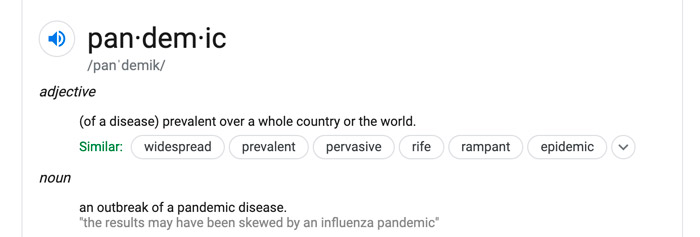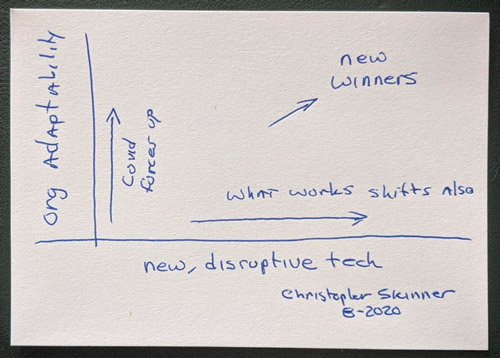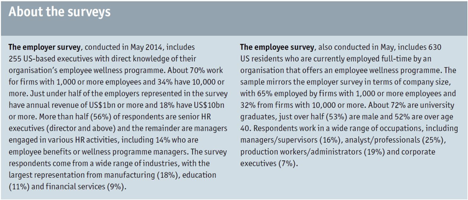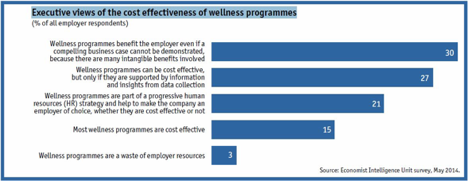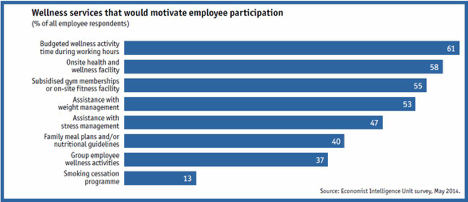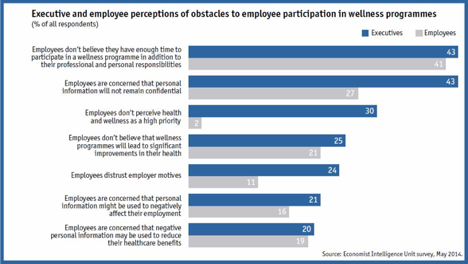Here is a list of customer-centric companies I found. I need to update the list. Who am I missing?
And how centric are they?
12 Solutions
Website — http://2twelvesolutions.com/
Mission- Our mission is to empower customers with a simple, yet powerful end to end engineering lab prototyping capability.
Bandura Systems
Website — https://bandurasystems.com/
Mission- Bandura delivers threat intelligence automation and control needed for companies of all sizes to block known threats at massive scale, operationalize threat intelligence, and get more out of your existing security resources.
Cryptonite NXT
Website — https://www.cryptonitenxt.com/
Mission- Cryptonite is a leader in moving target cyber defense. CryptoniteNXT enables any network to actively shield itself from cyberattacks by preventing all attacker reconnaissance and lateral movement. Patent pending moving target cyber defense and micro-segmentation technologies protect enterprise networks from advanced cyber attackers, insider threats and ransomware. The Cryptonite customer base includes leading commercial and government customers around the world.
Cybersponse
Website — https://cybersponse.com/
Mission — CyberSponse is backed by a team of self-made entrepreneurs looking to disrupt the security industry through technological innovation and the community-based inclusiveness of our offering. We look forward to collaborating with your organization and team to disrupt the status quo of cyber, and usher in an age of agile and effective incident response with true grit, hard work, hustle and last focused execution.
Cybrary, Inc.
Website — https://www.cybrary.it/
Mission- we are creating the ability to bring all the best cyber security learning elements and content together, from the people who are doing it, the people who have done it, the people who have learned from it and the companies that are innovating on it, and deliver that for free to anyone who needs or wants to learn from it.
Dark3 Inc. “Dark Cubed”
Website — https://darkcubed.com/
Mission- Dark Cubed is an easy-to-use cyber security software as a service (SaaS) platform that deploys instantly and delivers enterprise-grade threat identification and protection at a fraction of the cost.
DATUM
Website — https://datum.org/
Mission- Datum is designed for innovators who empower individuals
DeepSig
Website– https://www.deepsig.io/
Mission- Our approach to signal processing design uses machine learning to learn optimized models directly from data, rather than manually designing specialized algorithms under simplified toy models. We optimize for the performance of entire systems, inclusive of hardware and channel impairments, rather than stitching together separately optimized components.
Graphus
Website — https://www.graphus.ai/
Mission- Graphus technology is the most superior social engineering detection capability in the industry. It detects sophisticated attacks that even bypass G Suite’s and Office 365’s world-class security. Underlying patented technology uses graph theory, big data algorithms, and machine learning to determine the trusted relationships and user behaviors unique to the organization. Interactions and user activities are evaluated against this profile to detect social engineering attacks and suspicious activities.
GroupSense
Website — https://www.groupsense.io/
Mission — GroupSense is a leading provider of cyber intelligence services. GroupSense is not a feed, or a search engine for the dark web. GroupSense are people, empowered by proprietary technology, helping information security and intel teams realize value.
Intensity Analytics
Website- https://intensityanalytics.com/
Mission- Intensity Analytics is a Virginia-based software firm that develops next-generation, physical user and entity behavioral authentication (“physical UEBA”) security software technology. Physical UEBA is a critically important layer in a defense-in-depth strategy, designed to reliably and successfully defeat cybersecurity problems arising from the most common attack vector: stolen user credentials.
NS8
Website — https://www.ns8.com/
Mission- This is why NS8 is not like other fraud solution companies. Not only do we see eCommerce fraud as a growing concern, we see a greater purpose for detection and scoring. By providing a full suite of fraud protection tools that use behavioral analytics and real-time user scoring, we provide businesses with global monitoring to both protect against threats and give firms a greater insight into their real customers.
Ostendio
Website — https://ostendio.com/
Mission- Ostendio now serves a broad range of clients who have become members of the MyVCM Trust Network including healthcare providers and practitioners, digital health companies and medical device manufacturers. Ostendio’s MyVCM was created to help solve that problem by allowing companies to more easily develop an effective security and compliance program.
Praescient Analytics
Website — https://praescientanalytics.com/
Mission — To employ the best minds using the best analytic technologies on the market to solve the most complex information challenges across the globe.
SecondWrite
Website — https://www.secondwrite.com/
Mission — SecondWrite brings deep learning and forced code-execution to the battle against advanced malware. Our dynamic analysis malware detector uses patented technology to find, execute and evaluate hidden code paths that other malware detectors miss. We automatically find code sequences that characterize malware without prior signatures, thus classifying malicious program behavior and features that consistently evade competitive technology. Our product, Malware DeepView delivers deep, actionable insight into malware quickly with a lower total cost of ownership than competitive tools.
SentiMetrix
Website — http://www.sentimetrix.com/
Mission — SentiGrade ™ API offers programmatic access to our automatic Sentiment Analysis engine. It is ideally suited for customers who have their own analytical and visualization solutions that could benefit from accurate sentiment scores extracted from the customer’s data. SentiGrade’s sentiment engine has been proven to work in predicting election outcomes, conflicts, and stock price fluctuations.
STEMBoard
Website — http://stemboard.com/
Mission — STEMBoard creates technologies that help advance our nation and its citizens. We believe in Integrity, Innovation and Inclusion. We seek to improve society through systematic innovation and by attracting, nurturing and developing the world’s emerging brilliance.
TrackOFF
Website — https://www.trackoff.com/en
Mission — TrackOFF builds tools to protect users’ identities and personal lives. Our mission is to empower people to reclaim control of their data. Today’s digital environment is complex, that’s why we build easy-to-use software with the everyday consumer in mind. We also believe in the right to privacy: Your sensitive information won’t be collected, shared, or sold.
White Canvas Group
Website — https://www.whitecanvasgroup.com/home.html
Mission — We work with our clients to help them get the most out of publicly available open source data
WireWheel
Website — https://www.wirewheel.io/
Mission — WireWheel combines machine learning, data science and
cloud computing, to make it easy for CPOs and privacy
teams to meet new data privacy and compliance challenges

